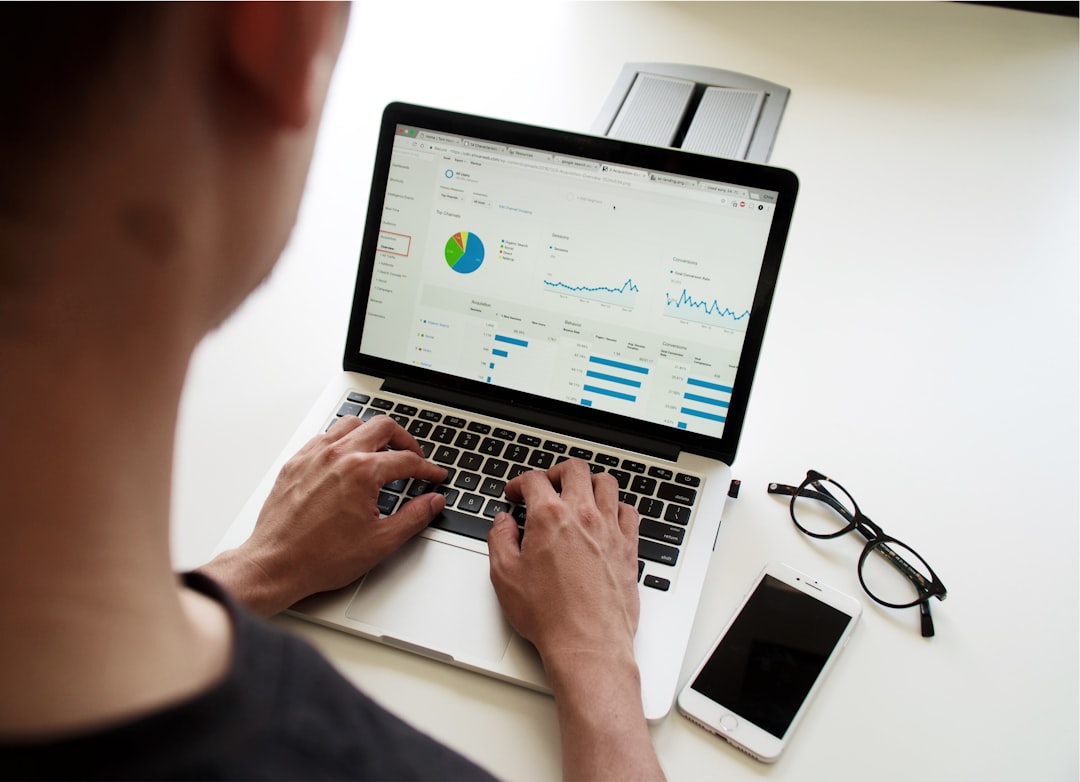
Optimizing Downtime with Real-Time Data Visualization through Modal Interfaces Scripting
In today’s fast-paced technological landscape, businesses face constant pressure to optimize operations and minimize downtime. One innovative approach to achieving this is through real-time data visualization combined with modal interfaces scripting. This method not only enhances operational efficiency but also empowers decision-makers with timely insights.
Understanding Real-Time Data Visualization
Real-time data visualization encompasses the process of displaying live data in a graphical format, allowing users to quickly interpret complex information. This technique is crucial for organizations where timely data can significantly influence operational decisions. By leveraging real-time data visualization, companies can monitor key performance indicators (KPIs), troubleshoot issues, and make informed decisions swiftly.
The Role of Modal Interfaces
Modal interfaces, or modal windows, are dialog boxes that require user interaction before they can return to the main interface. Integrating modal interfaces with real-time data visualization allows for a focused view of critical information without overwhelming users with excessive data. This setup ensures that users can interact with data dynamically, enhancing their understanding and decision-making capabilities.
Benefits of Modal Interfaces Scripting
- Focused Information Display: By isolating data within modal interfaces, users can concentrate on critical metrics without distractions. This focus helps in identifying issues promptly.
- User-Friendly Interactions: The scripting of modal interfaces allows for seamless interactions, making it easier for users to engage with the data without navigating away from their primary tasks.
- Immediate Data Updates: Integrating real-time updates ensures that any changes in data are instantly reflected in the modal interface. This feature is crucial for environments where data is continuously fluctuating.
Current Developments and Trends
Emerging technologies such as the Internet of Things (IoT) and artificial intelligence (AI) are driving advancements in real-time data visualization. Businesses are increasingly utilizing IoT sensors to collect data from various sources, which is then processed and visualized in real-time. This approach helps in predicting failures before they occur, thus minimizing downtime.
For instance, manufacturing companies are employing real-time data visualization alongside modal interfaces to monitor machinery performance. By doing so, they can quickly identify anomalies and take corrective actions, effectively reducing production delays.
Case Study: Manufacturing Efficiency
A leading automotive manufacturer adopted real-time data visualization through modal interfaces scripting to improve its production line efficiency. By implementing a dashboard that displayed machine performance metrics in modal windows, the company reduced its machine downtime by 30%. Operators could instantly access critical data without navigating away from their workflow, leading to faster decision-making and increased productivity.
Expert Opinions on the Future of Real-Time Data Visualization
According to Dr. Jane Smith, a data analytics expert, “The integration of real-time data visualization with modal interfaces scripting is set to revolutionize how businesses approach operational efficiency. The ability to access and manipulate data in a focused environment allows for quicker, more informed decisions, ultimately leading to enhanced productivity.”
Tools and Resources for Implementation
For those interested in exploring real-time data visualization with modal interfaces scripting, several tools can facilitate this process:
- Tableau: A powerful data visualization tool that allows for real-time data analysis and can be integrated with custom modal interfaces.
- D3.js: An open-source JavaScript library for manipulating documents based on data, perfect for creating dynamic visualizations.
- Power BI: Microsoft’s business analytics service that provides interactive visualizations with a user-friendly interface.
Additionally, you can explore further reading on topics such as real-time data analytics and modal dialog best practices to deepen your understanding.
Conclusion
Optimizing downtime with real-time data visualization through modal interfaces scripting is a transformative approach that empowers businesses to enhance their operational efficiency. By providing focused, interactive data displays, companies can make informed decisions that reduce downtime and boost productivity. Embrace this innovative methodology, and consider implementing the tools and techniques discussed to stay ahead in the competitive landscape.
By taking these steps, you not only improve your operational efficiency but also position your organization for future innovations. Share this article with your colleagues to spark discussions on the potential of real-time data visualization in your industry, and explore the tools mentioned to begin your journey toward optimization.


